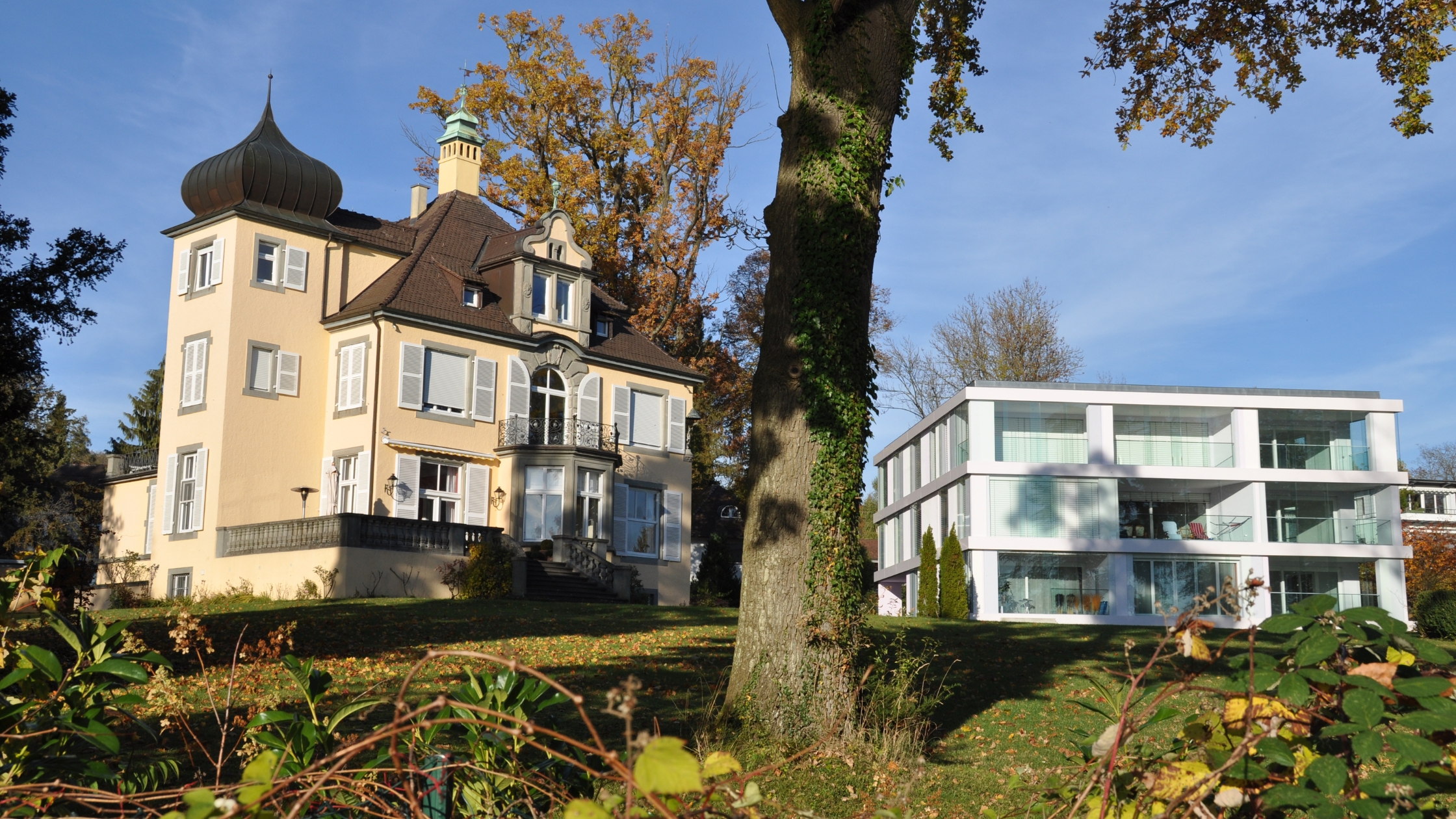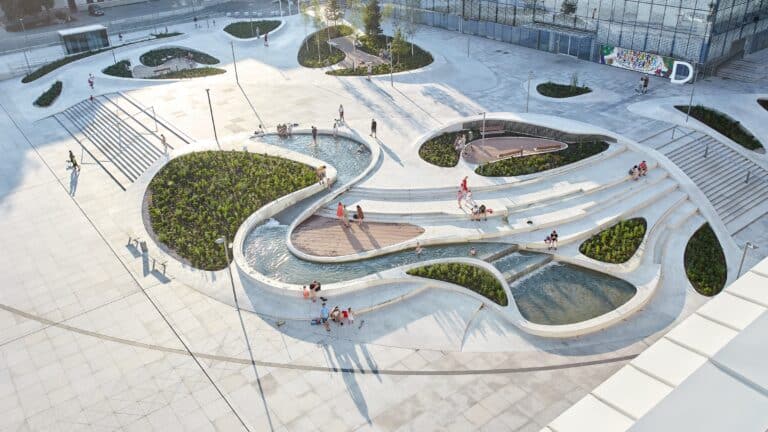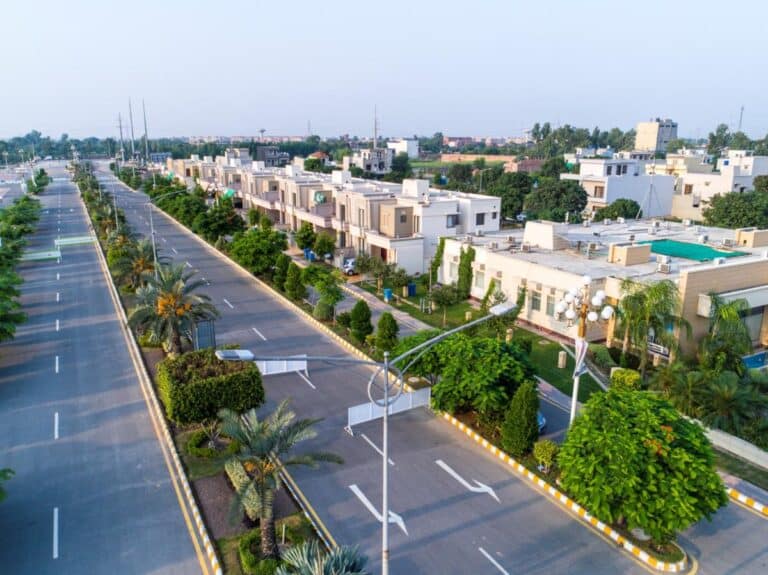Architecture has always been a reflection of culture, technology, and human aspirations. The evolution of architecture from monumental and symbolic structures to highly functional and minimalist designs. This blog delves into the key distinctions and fascinating interplay between historical and modern architecture, providing a deep understanding of how the built environment continues to evolve. Architecture has always been a reflection of culture, technology, and human aspirations.
Historical Architecture
Historical architecture refers to building styles that were developed before the industrial revolution, particularly in the Classical, Gothic, Baroque, Renaissance, and Victorian periods. These styles are characterized by intricate detailing, ornamentation, craftsmanship, and a focus on permanence and grandeur.
Some hallmark features of historical architecture include:
- Symmetry and Proportion: Often based on classical ideals and golden ratios.
- Use of Natural Materials: Stone, brick, and timber dominated construction.
- Handcrafted Details: Intricate carvings, frescoes, and moldings were common.
- Cultural Symbolism: Designs often held religious or political significance.
Examples include Roman temples, medieval cathedrals, and Georgian mansions all of which were not just shelters, but expressions of identity, faith, and power.
What Defines Modern Architecture?
Modern architecture emerged in the late 19th and early 20th centuries, driven by industrialization, new materials, and changing social needs. It emphasizes simplicity, clarity of form, and functionality over ornamentation.
Key characteristics include:
- Minimalist Design: Clean lines and open spaces.
- New Materials: Widespread use of steel, concrete, and glass.
- Functional Layouts: Designed to maximize utility and space.
- Technological Integration: Emphasis on energy efficiency and smart solutions.
Modern architecture seeks to solve problems whether through sustainability, affordability, or flexibility reflecting the fast-paced, globalized world.
Comparing Key Elements
| Feature | Historical Architecture | Modern Architecture |
|---|---|---|
| Design Approach | Aesthetic-driven | Function-first |
| Materials Used | Stone, brick, wood | Steel, concrete, glass |
| Construction Time | Long, due to craftsmanship | Faster, thanks to prefabrication |
| Symbolism | High cultural/religious value | Emphasis on lifestyle, tech |
| Sustainability | Passive strategies | Active green tech solutions |
Bridging the Gap
While modern architecture often contrasts sharply with its historical counterpart, many architects today seek to bd. Adaptive reuse of historical buildings with modern interiors, or new builds that echo classical proportions using modern materials, is becoming increasingly popular.
This synthesis respects the past while embracing the present a true reflection of architecture’s evolving nature.
Why It Matters
Understanding the differences between historical and modern architecture enriches how we engage with the spaces around us. It also helps shape future designs that are not only innovative but contextually sensitive and culturally aware.





